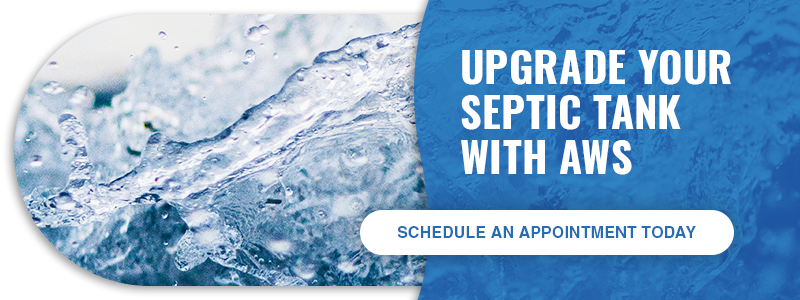Even though a majority of us don’t think about where our water comes from or what happens to the water after we use it, water has an interesting journey. Water in a home or business can be used for a variety of purposes, such as cooking, cleaning, drinking, laundry, and more. After it’s used, the water can go down the kitchen sink, is flushed down the toilet, or flows out through other plumbing pipes. Regardless of how the water is used inside a home or business, all of that water needs to go somewhere. And that’s where onsite, or decentralized, wastewater treatment systems come in.
Onsite vs. Offsite Wastewater Treatment Systems
Onsite wastewater treatment system (OWTS) is a term that is used to refer to the collection, storage, and treatment of water and sewage that comes from a property. A septic tank or cesspool is a type of OWTS.
Onsite systems are more commonly used in rural areas where centralized treatment plants are unavailable or access is limited. When centralized treatment plants are unavailable, the water from a home or business needs to be collected, stored, and treated onsite before flowing back into the ground and into nearby streams or rivers.
In more populated areas, homes and businesses are connected to a city pipeline system; water flows from the property, through these pipes, and is collected in larger treatment tanks before being dispersed back through the supply chain.
The Basics of How an OWTS Works
- Water that is used and drained from a home or business goes through several steps:
- Water flows into a septic holding tank.
- Anaerobic bacteria begin to break down organic matter.
- Liquids float to the top and solids settle to the bottom of the septic tank.
- From the septic tank, liquid effluent drains from small holes in the pipes into a leach field.
- Aerobic bacteria begin to treat the wastewater.
- Clean water filters into the soil and enters the groundwater.
An important part of ensuring that an OWTS works effectively is having the septic tank pumped to remove layers of built up solid waste. This should be done around every three years. When solids are left inside the tank and the layers continue to build up, it can lead to blockages in the pipes. Clogged pipes will prevent water from flowing, which can result in sewage leaking into the leach field as well as dirty water leaking into the groundwater.
The Benefits of an Innovative and Alternative On-Site Wastewater Treatment System (I/A OWTS)
The Fuji Clean wastewater treatment system is a compact, alternative septic tank system that is designed to provide better treatment of wastewater, removing as much harmful nitrogen from the water as possible. The tank contains five chambers (sedimentation, anaerobic, aeration, storage, and disinfection), making it the best overall nitrogen reduction system.
Contact AWS in Suffolk County Today
At Advanced Wastewater Solutions (AWS), our team is made up of Fuji Clean wastewater treatment system technicians. Suffolk County, New York, is working to help home and business owners upgrade their traditional septic tanks with I/A OWTS tanks. AWS can provide system designs, installations, and long-term maintenance for your tank, ensuring that the local groundwater, streams, rivers, and lakes are as healthy as possible. Learn more about what we do, and contact us today if you’re ready to upgrade your septic tank.


